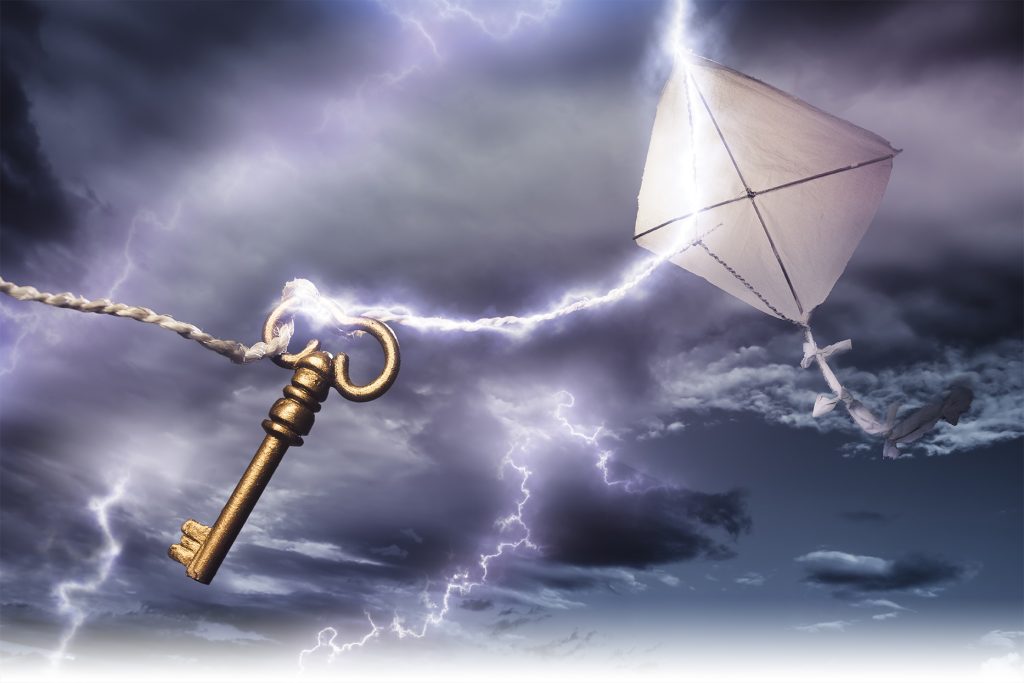
In addition to his accomplishments in business and science, he is noted for his numerous civic contributions. Whether or not Franklin followed this advice in his own life, he came to represent the classic American overachiever. The almanac, which Franklin first published in 1733 under the pen name Richard Saunders, included such wisdom as: “Early to bed, early to rise, makes a man healthy, wealthy and wise.” Following a brief stint as a printer in London, Franklin returned to Philadelphia and became a successful businessman, whose publishing ventures included the Pennsylvania Gazette and Poor Richard’s Almanack, a collection of homespun proverbs advocating hard work and honesty in order to get ahead. In 1723, following a dispute with his brother, Franklin left Boston and ended up in Philadelphia, where he found work as a printer. Franklin’s formal education ended at age 10 and he went to work as an apprentice to his brother James, a printer. He also invented the lightning rod, used to protect buildings and ships.įranklin was born on January 17, 1706, in Boston, to a candle and soap maker named Josiah Franklin, who fathered 17 children, and his wife Abiah Folger.

He coined a number of terms used today, including battery, conductor and electrician.

Franklin became interested in electricity in the mid-1740s, a time when much was still unknown on the topic, and spent almost a decade conducting electrical experiments. On June 10, 1752, Benjamin Franklin was said to have flown a kite during a thunderstorm to collect ambient electrical charge in a Leyden jar, enabling him to demonstrate the connection between lightning and electricity.


 0 kommentar(er)
0 kommentar(er)
